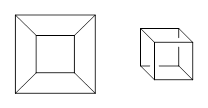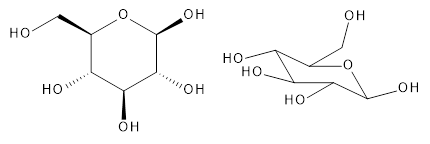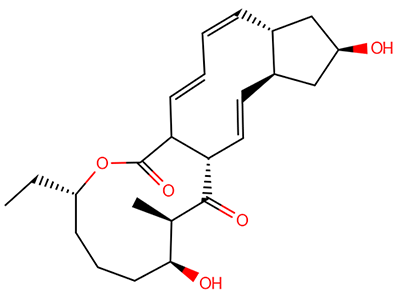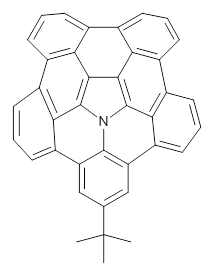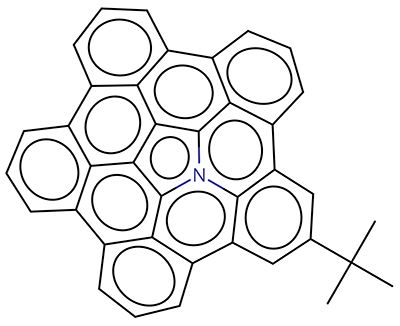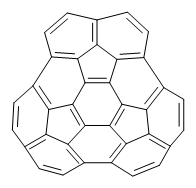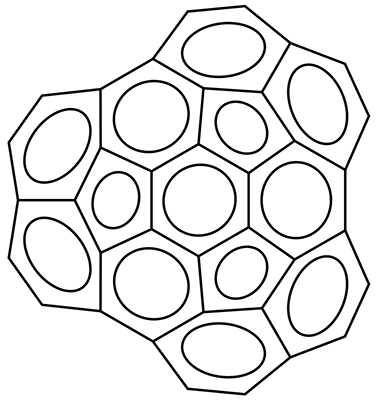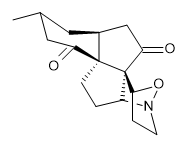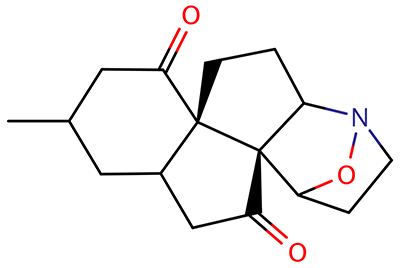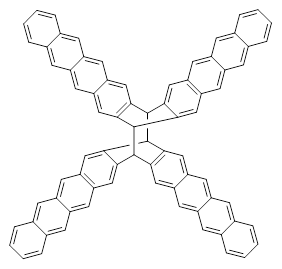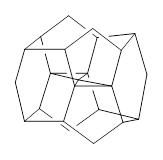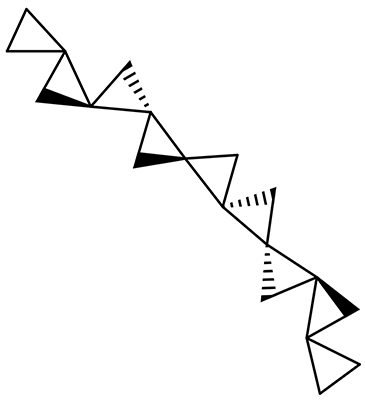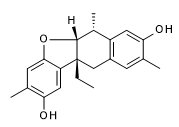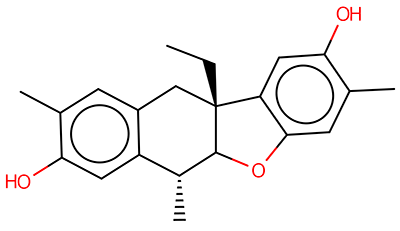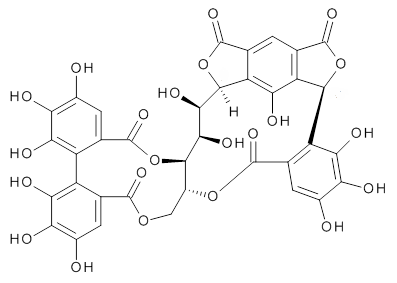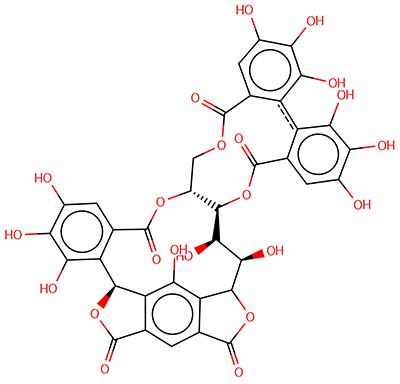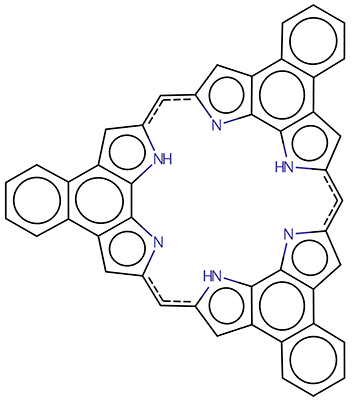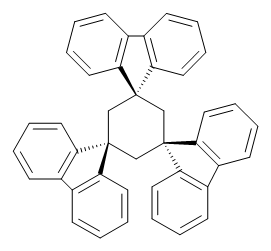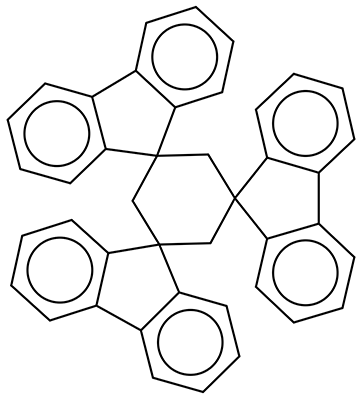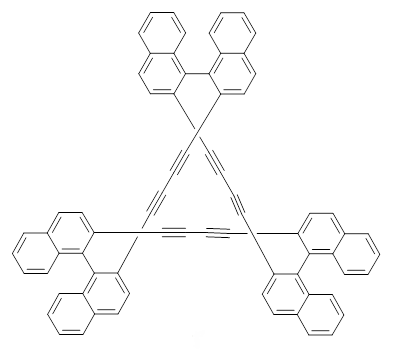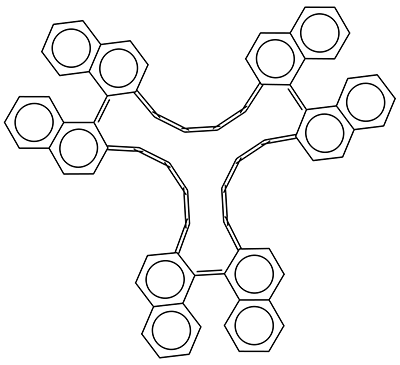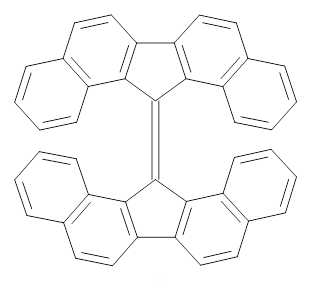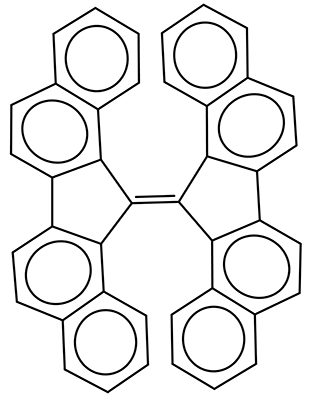Stig Rune Jensen, Santanu Saha, José A. Flores-Livas, William Huhn, Volker Blum, Stefan Goedecker, and Luca Frediani (2017) (Updated paywalled version)
Contributed by Jan Jensen
While basis set convergence sounds straightforward (though time-consuming) it is hard to rule out that underlying assumptions in the design of the basis set influences the results. However, converged basis set DFT results are needed to separate basis set errors from errors due to the functional. Multiwavelets, a systematic and adaptive multiresolution numerical solution of the one-electron problem, appear to be a way around this.
The paper presents PBE and PBE0 total energies, atomization energies, and dipoles moments for 211 molecules that are converged with respect to basis set to μHartree accuracy, and benchmarks Gaussian-type orbitals (GTOs), all-electron numeric atom-centered orbitals (NAOs) and full-potential augmented plane wave (APW) calculations.
In the case of atomization energies, a quintuple GTO basis set (aug-cc-pV5Z) is needed to reach a 1 kcal/mol accuracy in both MAE and RMSE. For aug-cc-pVQZ the MAE is below 1 kcal/mol, but the RMSE is about 1.5 kcal/mol. Perhaps more importantly, the maxAE goes from ca 10 to 2-5 kcal/mol on going from quadruple to pentuple basis set. So even aug-cc-pV5Z cannot consistently reach the basis set limit for atomization energies! It would have been very interesting to see whether extrapolated-CBS values are able to do this.
This dataset will be an important resource for developers of both DFT and basis sets.


